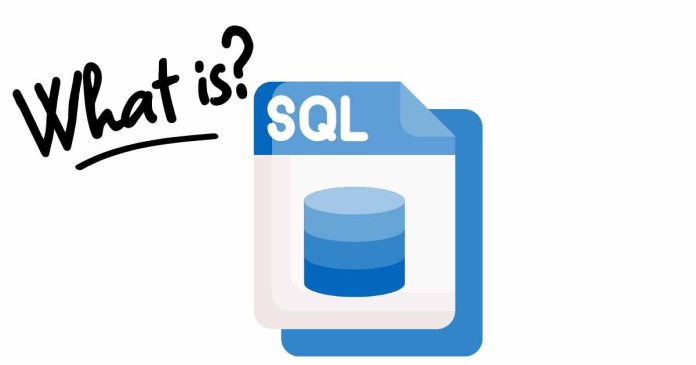A stored procedure in SQL is a pre-compiled set of SQL statements that can be executed repeatedly with different input parameters. It’s a programmatic way to perform a specific task or set of tasks on a database.
Think of a stored procedure as a function that takes input parameters, performs a series of operations, and returns output. Here are some key characteristics of stored procedures:
Benefits:
1. Improved performance: Stored procedures are compiled and optimized by the database engine, making them faster than executing individual SQL statements.
2. Code reuse: Stored procedures can be called multiple times with different input parameters, reducing code duplication.
3. Security: Stored procedures can be used to encapsulate complex logic and restrict access to sensitive data.
4. Simplified maintenance: Stored procedures can be modified or updated without affecting the calling application.
Common uses:
1. Data validation and cleansing: Stored procedures can be used to validate and clean data before inserting or updating it in the database.
2. Complex queries: Stored procedures can be used to perform complex queries that involve multiple joins, subqueries, or aggregations.
3. Data aggregation and reporting: Stored procedures can be used to generate reports or aggregate data for analysis.
4. Automation: Stored procedures can be used to automate tasks, such as scheduling backups or sending notifications.
This stored procedure takes an @EmployeeID parameter and returns the corresponding employee details from the Employees table.


